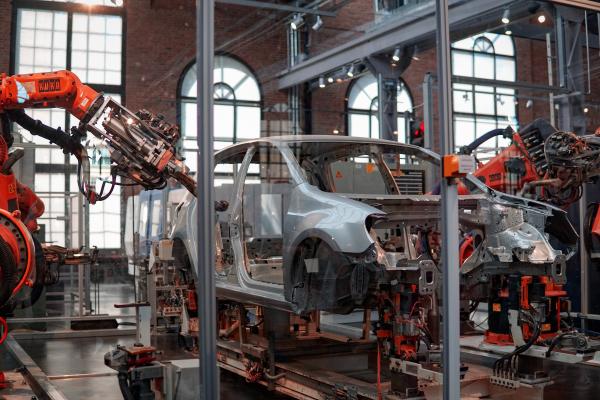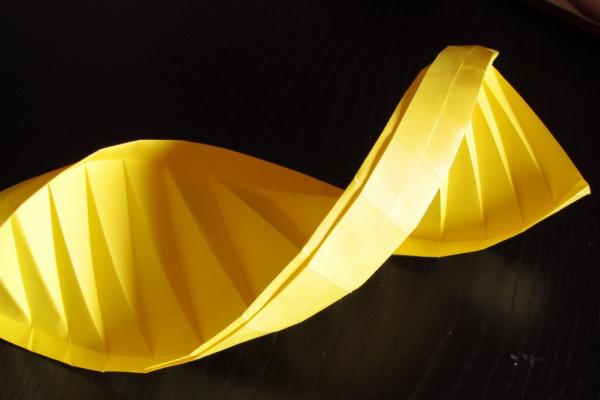Nanorobots
How do you design and build a robot that you can’t even see? And what would you use it for? In May, Horizon explores the developing field of nanorobotics and its potential applications. We speak to Prof. Brad Nelson at ETH Zurich in Switzerland whose team found that the nanobots they were working on destroyed the drugs they were meant to be delivering, so are now repurposing them to purify water. We speak to researchers who are using the origami-like properties of DNA to make tools such as nanorobotic boxes with lids that open, and others that have created a molecular robotic arm that can pick up, reposition and release molecules. And because tasks like going into a blood vessel to dissolve a dangerous clot would be ideal for a nanorobot, we find out how scientists are devising ways to enable nanorobots to travel through the bloodstream.
Tiny nano-sized robots and vehicles that can navigate through blood vessels to reach the site of a disease could be used to deliver drugs to tumours that are otherwise difficult to treat.
Four huge robot arms surround the gleaming metal shell of what will soon be a top-of-the-range automobile. They jerk into life, attaching the bonnet, the wing mirrors, and other panels. It’s the kind of precision operation you can find at car factories around the world these days. But here’s a question worth considering: could we pull off a feat like this only about a billion times smaller?
Only in cancer medicine do we aim to attack and kill legions of our own cells. But healthy bystander cells often get caught in deadly crossfire, which is why cancer treatments can cause severe side effects in patients.
Scientists are developing virus-sized robots that could defuse blood clots, explore human cells or even scrub water of impurities.
Bi-weekly news alert
The best Horizon stories, delivered to your inbox
Subscribe now





